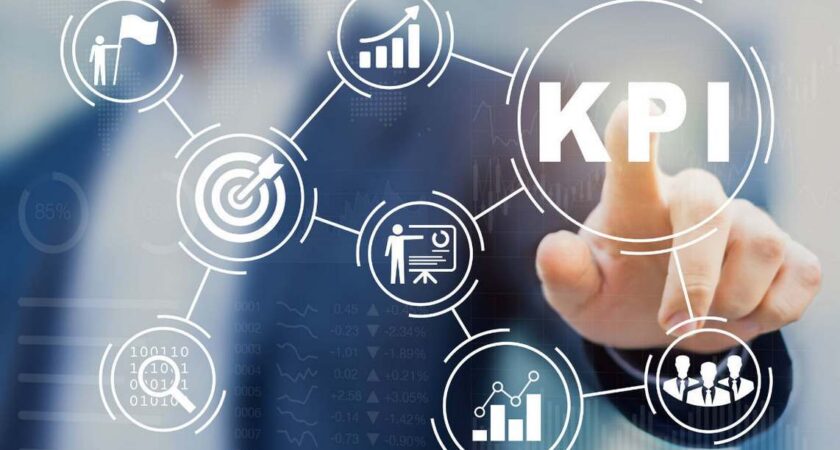Here is another part of top call center KPIs you should know to measure the performance of your call center effectively. You can check them out below:
10. Call arrival rate
This KPI counts the number of calls that come in each day and includes data from at least the last 30 days. With this metric, you’ll be able to easily track patterns, allowing you to better create call schedules for agents.
11. Success rate of call establishment
Not all calls will be successful. By measuring the success rate of call setup, managers can get a better idea of how many calls will be successful each day. This allows them to allocate resources more appropriately to ensure a high rate of successful call connections.
12. Longest call on hold
Your Longest Call Hold KPI will help call center managers identify where the longest call hold times are coming from. To minimize the waiting time, you can change the agent’s call schedule. For example, if it is determined that the longest call hold time occurs on Tuesdays, this would be an indicator to schedule more call agents for that particular day each week.
13. Average call duration
You will need to customize this KPI according to the products and services you sell/provide. The average call duration varies significantly from one call center to another.
14. Average age of an inquiry
This KPI measures how long the average case remains open that is not resolved during the first call. The shorter the average age of a query, the better.
15. First call resolution (FCR)
First call resolution (FCR) is whether the customer’s issue and purpose for calling you was resolved during the first call, without the need for a call transfer or callback. FCR is often seen as the cornerstone of call center KPIs. According to a study conducted by The Ascent Group, 60% of companies that measured their FCR for at least 12 months were able to improve their FCR by 30%. FCR is an important call center KPI that can help improve CX. Customers have a strong desire to have their queries resolved during the first call. They are much more likely to leave good feedback when this happens. Measuring FCR gives you the ability to meet your customers’ needs well the first time.
16. Net Promoter Score (NPS)
Net Promoter Score (NPS) is used to measure customer loyalty and experience. It is a new method of measuring customer satisfaction (see CSAT below). NPS is often calculated based on the answer to 1 question: “How likely are you to recommend this agent/company to a friend or colleague? This response is most often scored on a scale of 0 to 10, with 9 and 10 being promoters, 7-8 being passive, and 0-6 being negative. NPS is derived from subtracting the percentage of customers who are negative from the promoters. Therefore, a score over 50 is considered good. NPS allows you to get valuable feedback from customers about their interaction with a call center. Strong NPS scores are highly correlated with positive revenue and business growth. They should be evaluated on a regular basis to better understand how to improve NPS.
17. Customer satisfaction (CSAT)
CSAT is a measure of how the products and services provided by a company meet or exceed customer expectations. Customers are often given a scale from 1 to 5. Like NPS, CSAT is used as a leading indicator of customer loyalty and long-term revenue. CSAT is a good measure to judge whether call center representatives are providing a poor or high quality customer experience. One of the goals of measuring CSAT scores is to better understand which factors affect a call center negatively and which factors affect it positively.
18. Customer Effort Score (CES)
Like NPS, Customer Effort Score (CES) is a measure of customer satisfaction and an indicator of loyalty, making it a popular KPI to measure in a call center as well. CES is measured by asking the customer 1 question (similar to NPS) “How easy was it to resolve the reason for your call?” or some variation of that on a scale of 1 to 5 from very difficult to very easy. This idea of “simple” interactions to improve customer experience (CX) comes from a very popular Harvard Business Review article that concludes that getting things done for the customer quickly and efficiently leads to increased loyalty and CX.
